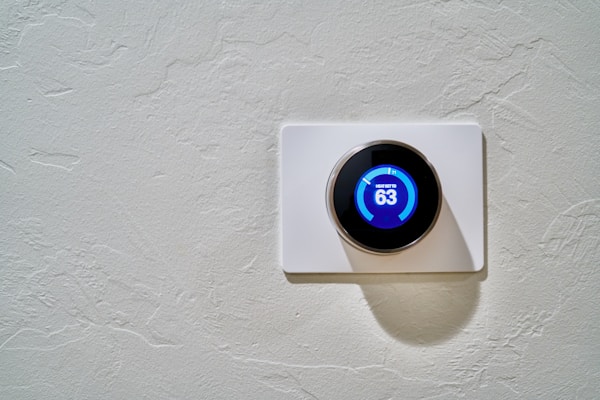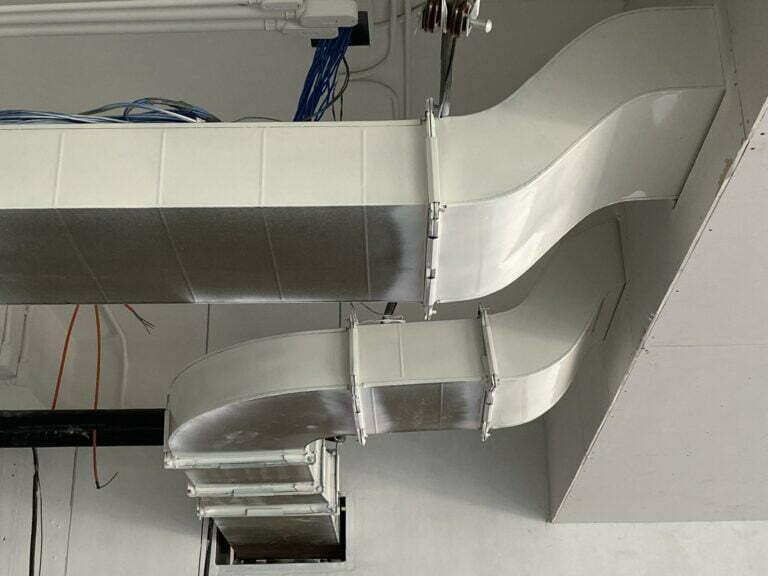The thermostat is the director of HVAC operations, calling for heating or air conditioning as the temperatures in your home fluctuate. When your thermostat doesn’t work, however, it can be frustrating. Troubleshooting a malfunctioning thermostat is easier than you might think. From checking the battery to resetting the thermostat, there are a few steps you can take to try and fix the issue. Keep reading to learn how to troubleshoot a thermostat not turning on AC.
Settings

If your thermostat isn’t turning on your AC, you should check the settings first. Checking the settings involves looking at both the heating and cooling cycles, as well as any programmed settings for specific times of day or week. It is important to make sure all settings are correct and that the temperature is set to the desired level. If the settings are correct, you will need to check for other potential causes.
Dirty Air Filter
Although your thermostat could seem like the problem behind an AC that won’t turn on, a dirty air filter could be the problem. Your air filter is responsible for catching and trapping dirt, dust, and other airborne particles in the air. If the air filter isn’t changed or cleaned regularly, it can become clogged. Even if your thermostat is calling for air conditioning, a dirty air filter could prevent the system from turning on. Additionally, a dirty air filter could contribute to poor indoor air quality.
A dirty air filter can also cause the evaporator coil to freeze up. This can lead to a build-up of ice on the coil, and the system will not be able to cool the air properly. The ice can also block the flow of air, leading to reduced airflow and reduced cooling capacity.
Finally, a dirty air filter can allow dust and dirt to build up on the evaporator coil. This can make the coil less efficient and reduce the cooling capacity of the A/C system.
Batteries

Checking the batteries is a simple but important part of the process, as the batteries are responsible for providing the power necessary for the thermostat to function correctly. If the batteries are not working or have become weak, the thermostat may not be able to receive the proper signals from its sensors.
To check the batteries, first, remove the thermostat cover and locate the battery compartment. You’ll want to remove the old batteries and replace them with new ones that are the same type and size as recommended by the manufacturer. After replacing the batteries, reassemble the thermostat and test its functionality.
As part of your routine home maintenance, you should try to replace the batteries around the same time you change out the ones in your smoke detectors. Replacing the batteries in your thermostat regularly will ensure that it continues to work properly.
Wiring
Most thermostats require two or three wires to be connected. In some cases, these wires can become loose or faulty and create an issue with your thermostat. You’ll want to make sure the connections are tight and free of corrosion. If the connections appear to be loose or faulty, then it is important to replace them. Make sure that the wires are securely connected to the thermostat and the furnace or air conditioner. If the connections are loose, tighten them or replace the wires. You should also check the voltage of the wires to make sure that they are providing the right amount of power to the thermostat.
It is important that you disconnect the power to the thermostat before doing anything with the wiring. If you aren’t comfortable testing the wiring in your thermostat, it is best to contact a professional HVAC technician to diagnose and address faulty thermostat wiring.
Troubleshooting a malfunctioning thermostat is essential in order to ensure that the thermostat is functioning properly and that the home is being heated or cooled appropriately.
A malfunctioning thermostat can lead to uncomfortable living conditions, wasted energy, and possible damage to the HVAC system. It is important to diagnose and address any issues with the thermostat as soon as possible.




